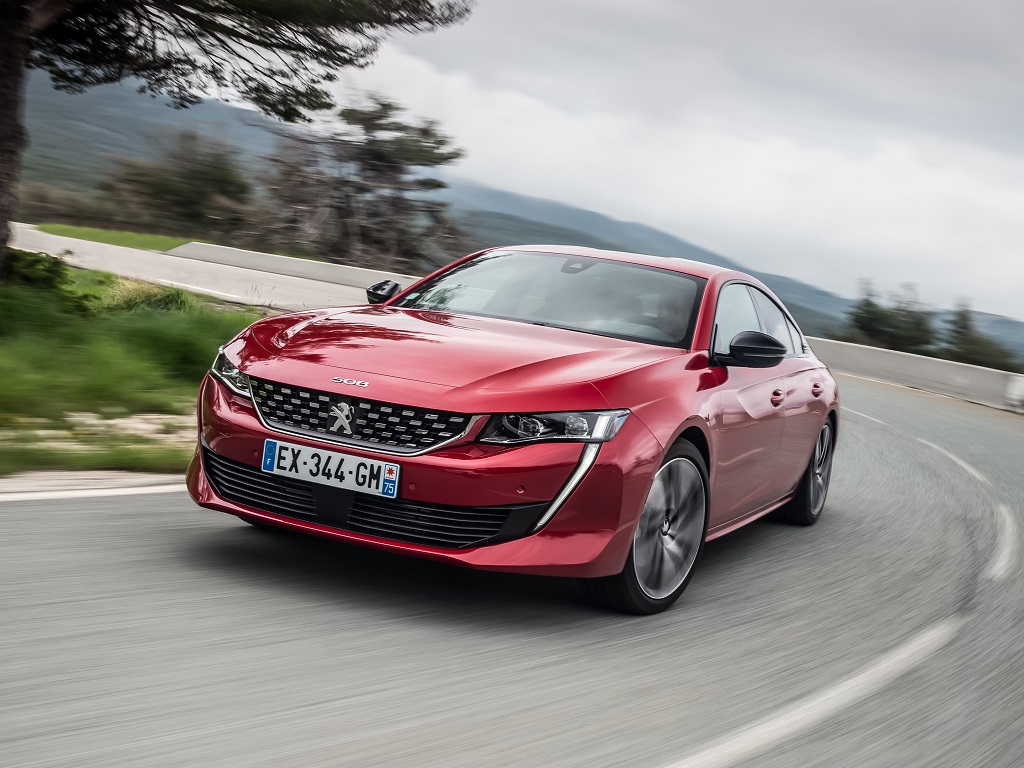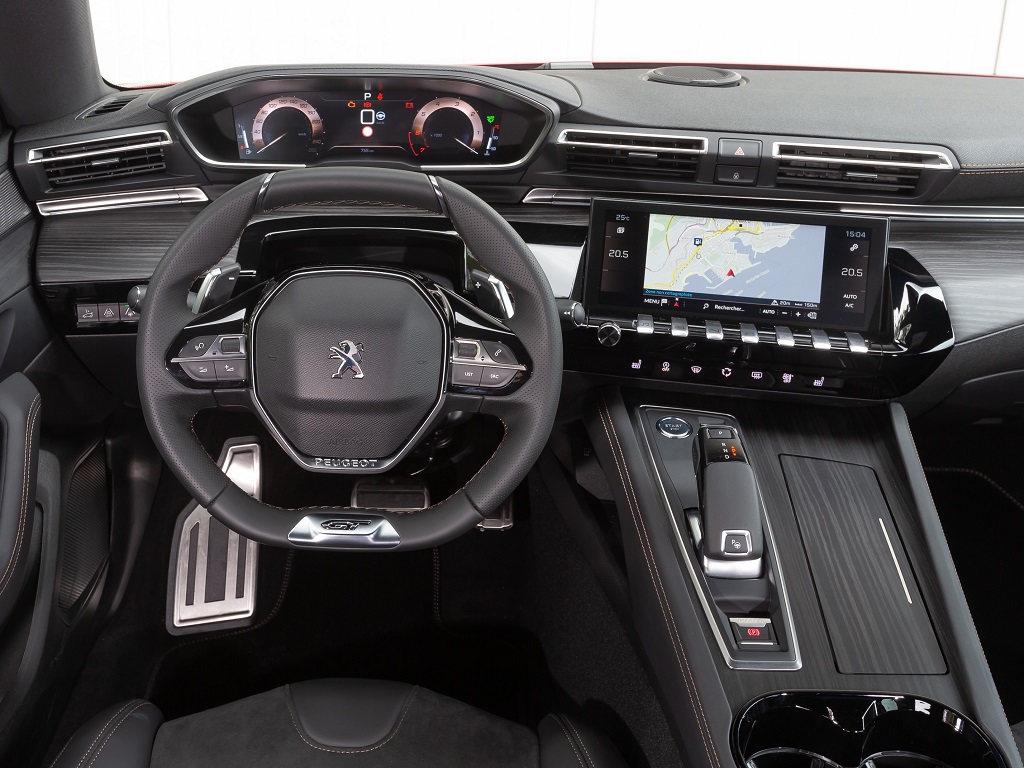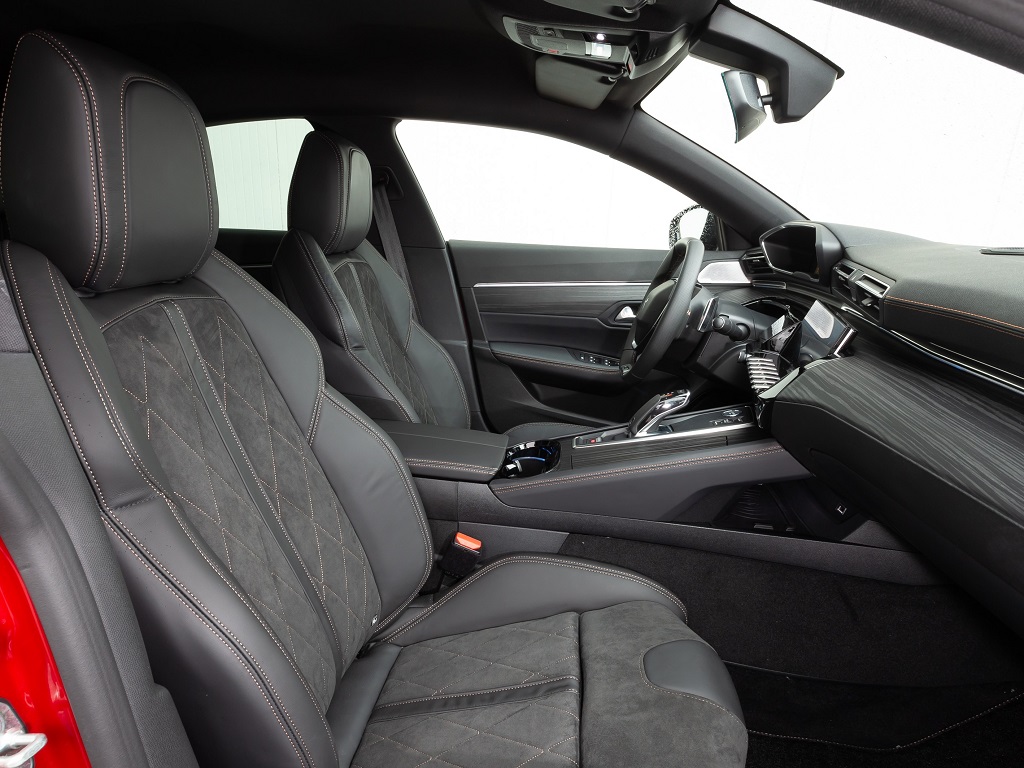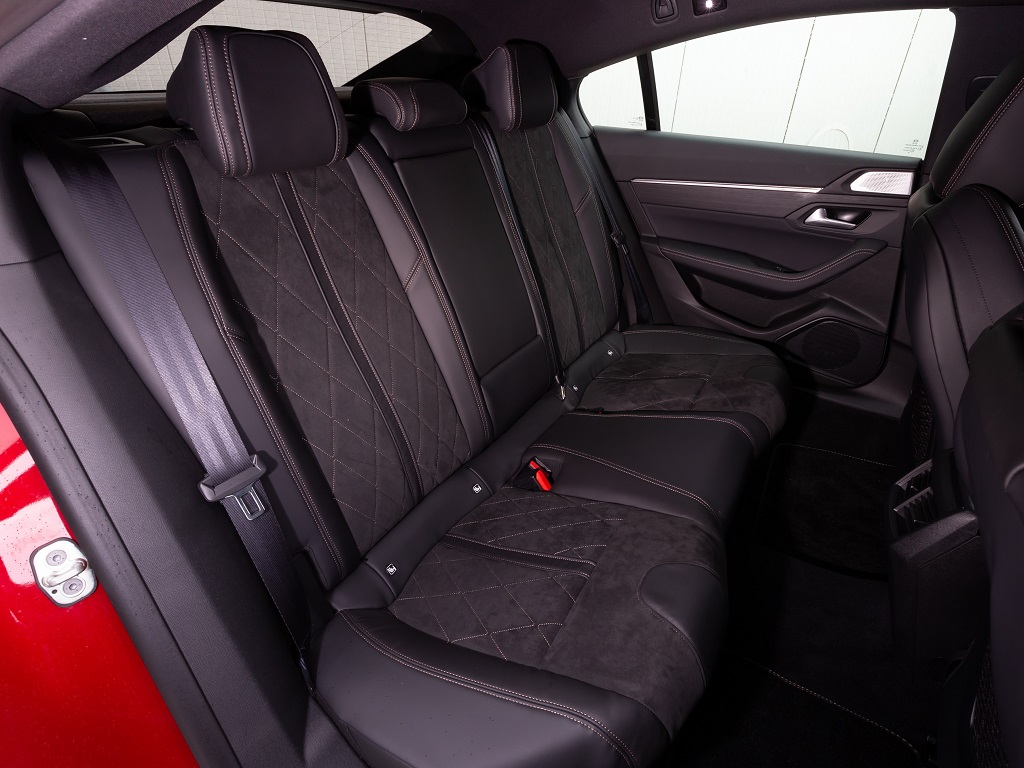First Drive: Peugeot 508
Peugeot goes premium with the 508 – and convincingly, too. By Alex Grant.
- Peugeot 508
- Peugeot 508
- Peugeot 508
- Peugeot 508
- Peugeot 508
- Peugeot 508
SECTOR Upper Medium PRICE €32,000-€48,000 FUEL 3.7-5.7l/100km CO2 98-131g/km
Peugeot is thriving; a revival kick-started by the 208 and 308 and now really getting into its stride with the 2008, 3008 and 5008 SUVs. Ironically those might just be the biggest threat to this second-generation 508.
Even Peugeot admits this is a tough segment in Europe, declining for a decade before stagnating for the last four years. So the outgoing car, as competent as it might have been, never really got its time in the fleet limelight as drivers with the ability to choose continue to swap the traditional sedan and wagons for premium brands and soft off-roaders.
This new car is an overhaul radical enough to need a new name. The new 508 is more Arteon than Passat; shorter end-to-end, with a roofline as low as a 406 Coupe and the frameless windows to match. It’s not a new idea per se, but, with its Tony Montana-inspired daytime running lights, it’s a distinctive car with on-road presence few of its rivals can match.
Peugeot isn’t pushing volumes in Europe. It’s expecting demand to be weighted towards the sportiest GT and GT-Line versions, and the forthcoming estate – which is arguably even better-looking than the fastback – will certainly help. With stylish wood, leather and aluminium throughout, it feels genuinely upmarket in either GT trim and the front seats are approved by Germany’s campaign for healthier backs (AGR). It’s impressive, but aesthetically compromised in lower trim levels.
Luckily, it’s not style over substance. The digital instruments, perched on top of the dashboard as in all new Peugeots, are an acquired taste but they tend to fit average-sized drivers, while infotainment sub-menus are accessed via a row of silver piano key switches under the central display. Climate control settings are still on the touchscreen, but are now always visible, and Android Auto and Apple CarPlay app streaming offer an alternative to the slow factory navigation when needed.
From launch, engines comprise turbocharged 1.6-litre gasolines, at 180hp or 225hp, and a choice of 1.5-litre 130hp, and 2.0-litre 160hp and 180hp diesels. Fleet take-up is still expected to be largely diesel-powered, particularly the smallest engine – which is actually slightly smoother than the 2.0-litre units, more willing around town and emits as little as 98g/km CO2 (NEDC Correlated) with the new eight-speed gearbox. However, as the larger diesels emit as much CO2 as their gasoline counterparts, and a plug-in hybrid with a 50km electric range is due in 2019, there are some tax-efficient alternatives for the right users in some markets.
Perhaps the biggest step forward is the way it drives. The 508 is relatively light, cornering with confidence and feeling responsive thanks to the quick steering and small wheel. Peugeot’s eight-speed automatic (standard on all except the small diesel) is very smooth, too, though the steering paddles are fixed to the column instead of the wheel, and have some sharp moulding marks underneath. This another example of a thriving brand, even if its SUV stablemates mean it’ll never be as ubiquitous as it deserves to be.
What We Think:
Peugeot’s new 508 genuinely feels a cut above most rivals – good enough to target premium brands, and question the need for an equivalent DS model.







